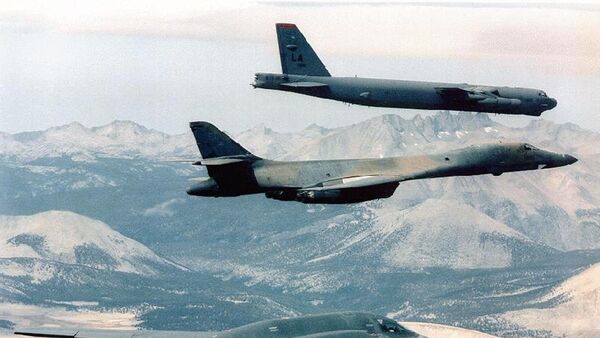The US 2016 military budget (in the NDAA) allocated, using publicly available costs for estimates, around 7,000 joint direct attack munitions (JDAM) and 2,800 Hellfire missiles to all overseas contingency operations, which include Afghanistan, Yemen and Somalia. For internal procurements, the US plans to purchase around 14,000 JDAM bombs and 4,200 Hellfire missiles.
Not including unguided bombs, most of which appear to be procured for conversion to JDAMs, and small numbers of specialized bombs such as "bunker-busters," this means a total of 28,000 bombs and missiles, compared to 20,000 used against Daesh alone in 14 months.
If a mostly passive effort against ISIL has drained 20,000 bombs and missiles, it is not clear if the new procurements together with increased operations would be enough to keep reserve stockpiles. According to USA Today, the ongoing effort resulted in US Air Force "depleting its stocks of munitions and prompting the service to scour depots around the world for more weapons and to find money to buy them."
"If the US has launched 20,000 bombs and missiles against a non-state actor with no air force, navy, or modern army, how many might be required against a major world power with modern armed forces?" security analyst an retired Lt. Colonel Daniel Davis, wrote in the National Interest.
Damage Estimate
The costs of war in terms of economic damage against Daesh are also not on the US' side. One Russian KAB-500S satellite-guided bomb costs around $50,000, while L (laser) and Kr (television-guided) variants are said cost around $20,000, according to publicly available data. Unguided bombs are considered to be valued at the cost of scrap, according to an RBK investigation.
When it comes to targets, a tanker holding 40,000 liters of oil made by Turkish manufacturer Ahmet Dogan Tanker costs around $40,000, according to the company's listings on Alibaba, and holds $5,000 worth of oil, at an assumed price of $20 per barrel that Daesh oil smugglers are able to get for stolen oil. One ground storage tank of the type targeted by Russia's air force is able to hold up to $250,000 worth of oil at that price, not including the cost of the irreplaceable tanker.
For comparison, one US Hellfire missile is said to cost around $100,000, and one JDAM around $25,000, not including the bomb. One Toyota Hilux, another popular procurement for Daesh, costs around $22,000 in the United Arab Emirates.






